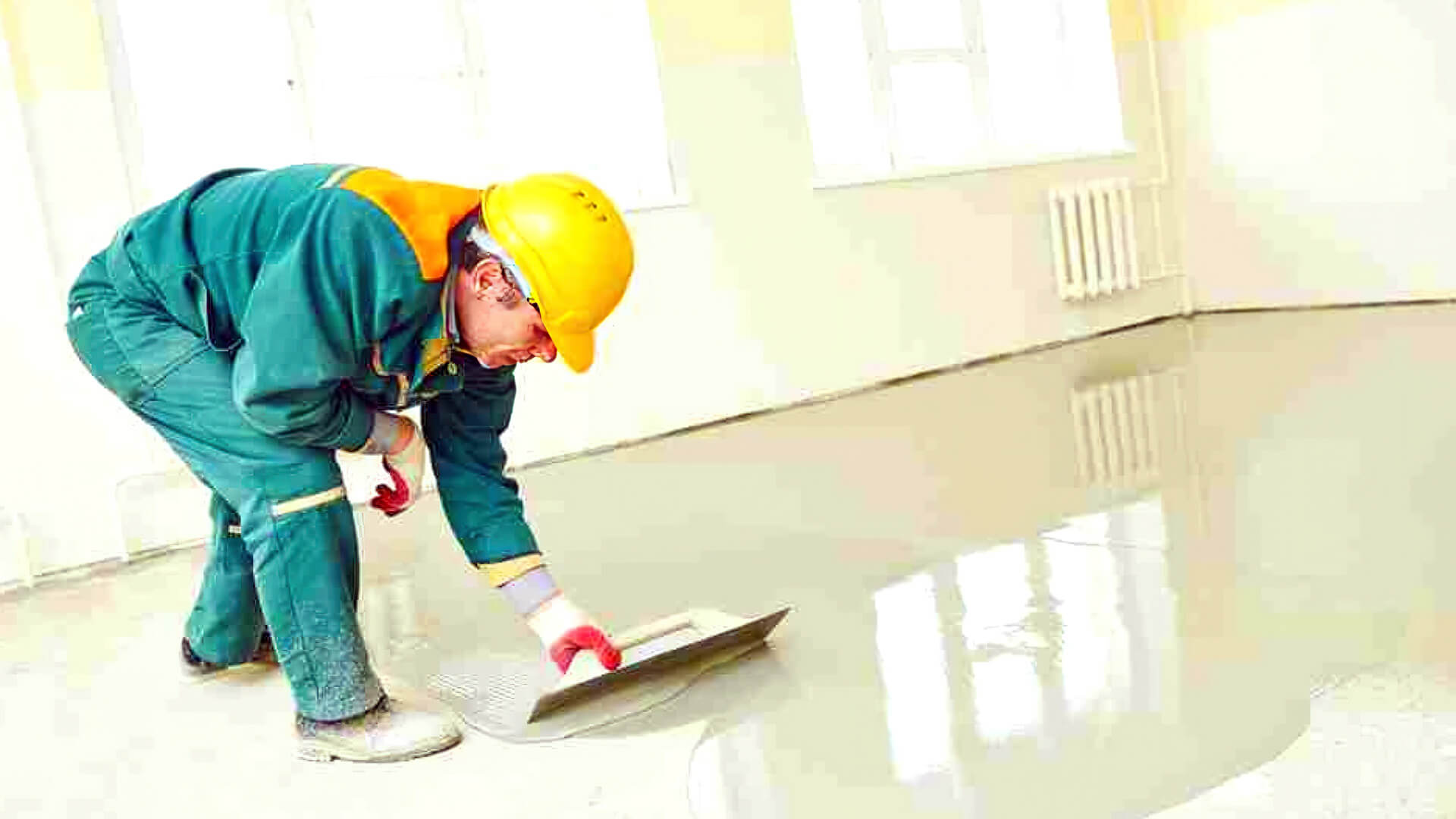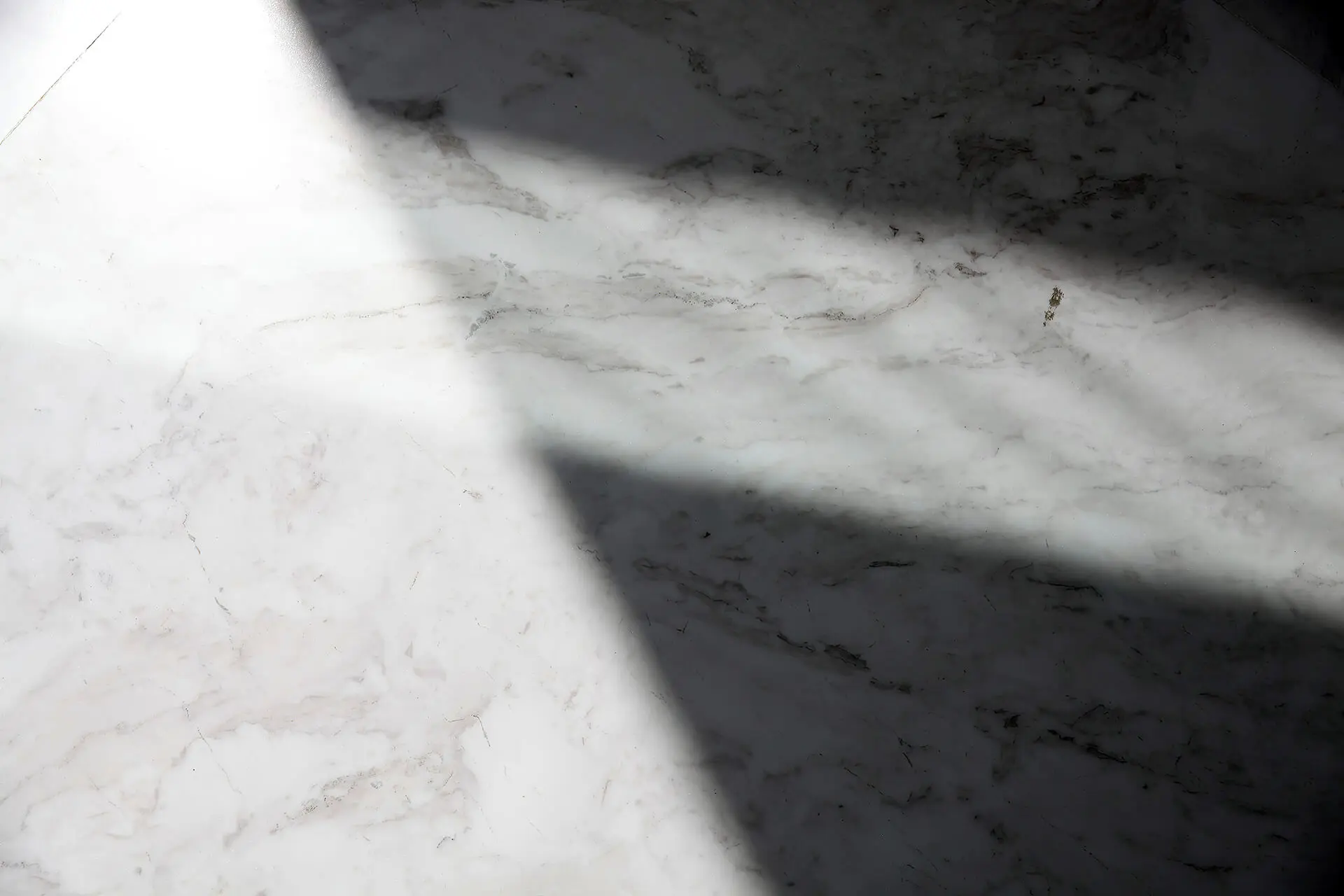5 Common Mistakes To Avoid When Applying Epoxy

Epoxy is a type of adhesive known for its super strong joining properties. Besides this, it is one of the most durable and versatile adhesives, making it ideal for all types of minor and major projects. In addition, epoxy provides a strong resistance to heat and chemicals.
Hence, you can use it in places with high temperatures, and it will still do its job without any hassle. Therefore, you can use adhesive on any surface, such as glass, metal, wood, fabric, plastic, and many more. However, people often make mistakes while applying epoxy, which can cause many problems.
In the following section, we have listed the five common mistakes you should not make when using epoxy and how to optimise the adhesive to your advantage. So, without further ado, let’s proceed to the next step.
5 Common Mistakes To Avoid When Applying Epoxy
1. Not Following Humidity and Temperature Guidelines
When it comes to epoxy, most manufacturers provide specific guidelines to follow for humidity and temperature. In general, epoxy shouldn’t be applied at low temperatures since it may not harden or cure properly. Moreover, extremely hot temperatures can reduce the pot life of the adhesive to half.
On that note, epoxy doesn’t function correctly since the high temperatures create bubbles, indicating outgassing. Apart from this, applying epoxy in a highly humid environment is not recommended. It can cause the formation of microscopic layers on the surface.
Due to this, the epoxy starts to peel off from the surface. Therefore, you should thoroughly follow the manufacturer’s guidelines to see the best results.
2. Faulty Floor Preparations
Most professionals prefer to use epoxy for installing garage floors; however, epoxy can be a bit tricky during this process. Poor floor preparations can often result in bad finishes and epoxy floor failure. Fisheyes are yet another problem that may occur when oil is on the surface. Nevertheless, you can avoid this problem if you follow our advice carefully.
First and foremost, epoxy doesn’t adhere well to smooth surfaces. The same can be said if the surface has a layer of wax, oil or other forms of contamination. Additionally, the adhesion requires open pores on the surface to show its best results. Hence, we suggest acid etching or grinding the concrete before applying the epoxy to the surface.

3. Moisture Present On The Concrete
While working with concrete, it is important to ensure it is dry before applying the epoxy. Usually, it is recommended to let the concrete dry for at least 24 hours after performing acid etching on the surface. However, you might need to wait longer if the temperature and humidity levels keep fluctuating in your surroundings.
We also recommend conducting a moisture test to verify that the surface is completely dry. Otherwise, the trapped moisture will create hydrostatic pressure. When this happens, the epoxy will peel off and break off pieces of concrete.
This is why some manufacturers produce water-based epoxy that can be used on damp surfaces. If you want to know if your epoxy is water-based, don’t hesitate to contact your local manufacturer.
4. Don’t Stretch Out The Epoxy
One of the most common mistakes people make while applying epoxy is that they stretch it out too much. This usually happens when people fall short of the adhesive and want to avoid paying extra money by stretching the epoxy beyond its threshold. This mistake results in a weaker coat since the epoxy doesn’t spread out evenly.
Ideally, if you have a 500 square feet floor, you should purchase an epoxy kit that offers coverage of at least 600 square feet. Also, you should avoid using a cheap single-coat epoxy paint kit since it leaves the surface less glossy and unevenly discoloured.
5. Avoid Faulty Mixing
Lastly, try not to mix the epoxy incorrectly since this will raise problems while applying. For instance, using the paddle mixer too fast can trap air within the epoxy. Therefore, these air bubbles will create an uneven finish while applying the adhesive to the surface.
Rather than moving the paddle mixer too fast to prevent air bubbles from forming, you should move it slowly and monitor the paddle mixer carefully to prevent any air bubbles from forming. Moreover, it is also essential to follow the correct mixing ratio between resin and hardener.
Installing Epoxy The Right Way
In simple terms, epoxy is an excellent adhesive if you avoid the common epoxy application mistakes above. Due to strict regulations when preparing epoxy, it is rare to find bad epoxy. It is still essential, though, to spend some time researching and preparing your surface before applying the epoxy for the best results.
Then again, applying epoxy without professional help can be tricky. So to get the best results from your coating material, entrust the application process to the experts and give Top Coat Concrete a call in Sydney.
That said, it’s a wrap. See you next time!
Newsletter
Sign up to our flooring, epoxy and concrete blog newsletter and get all the latest news, tips and tricks from the industries best in Sydney.
Related Articles

7 Things to Consider Before Applying An Epoxy Floor
Planning on applying epoxy on your own? While epoxy is safe to use on your own, there are a few things to consider when DIYing at home. Read on to find out what they are.

Understanding The Pros And Cons Of Epoxy Floors
Planning to install an epoxy floor in your house or commercial space? Before you start, here’s everything you need to know about the pros and cons of having an epoxy floor.

Epoxy or Polyurethane? Here’s What You Need to Know
Are you confused about whether you should go with epoxy or polyurethane flooring? It may be tough to pick, so take a look at our guide to help you choose which flooring option works for you.